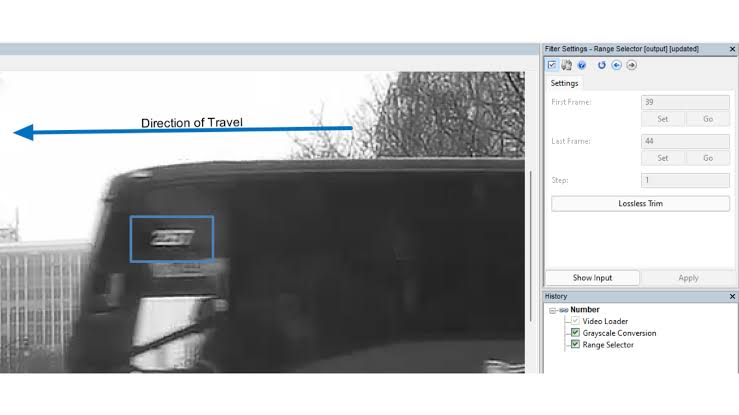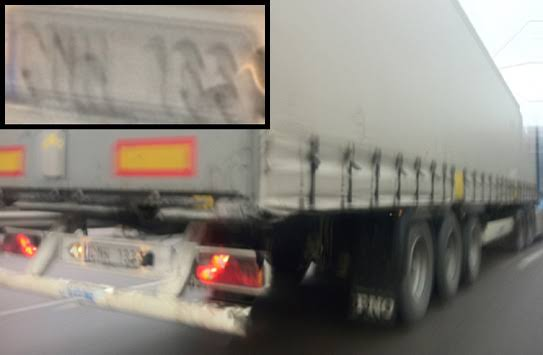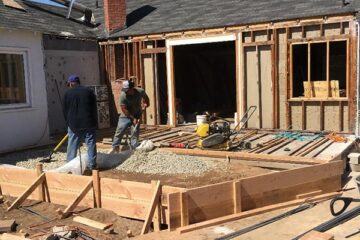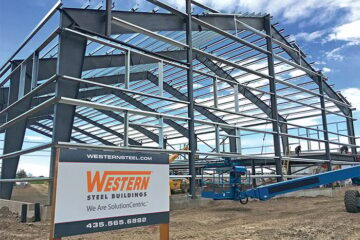Visualizing the Unseen: Forensic Video Deblurring and Its Impact on Witness Testimony

Visualizing the Unseen: Forensic Video Deblurring and Its Impact on Witness Testimony
“Forensic video deblurring technology stands at the intersection of science and justice, offering a transformative impact on witness testimony. By enhancing blurred or distorted visuals, it validates accounts, corroborates details, and challenges inaccuracies. Its responsible use, guided by ethical considerations, holds the potential to uphold the integrity of the legal system and ensure that truth prevails in courtrooms.”
In the world of criminal investigations, witness testimony is often a linchpin upon which cases hinge. Eyewitness accounts provide crucial insights into events that have unfolded, helping to shed light on the truth. However, when these accounts are supported by video evidence, the clarity and reliability of that evidence become paramount. This is where forensic video deblurring steps in, playing a transformative role in enhancing witness testimony and aiding in the pursuit of justice.
The Evolution of Forensic Video Deblurring
The solution to the challenge of unclear video evidence lies in the realm of forensic video deblurring. This technology has undergone significant evolution over the years, transforming the way we analyze and present visual evidence in legal proceedings.
The science behind video deblurring algorithms involves sophisticated mathematical calculations. These algorithms work to reverse the effects of blurriness and distortion, gradually restoring clarity to the visual content. Advances in software development and processing power have made this process more efficient and accessible to forensic experts and legal professionals.
Enhancing Witness Testimony with Video Deblurring
The impact of forensic video deblurring on witness testimony cannot be overstated. It has the potential to clarify and strengthen eyewitness accounts in several ways:
- Validation of Witness Testimony: When witness accounts align with the deblurred video evidence, it can provide a powerful validation of their testimony. Jurors are more likely to trust and rely on the accounts of witnesses when they see the events unfold clearly in the footage.
- Corroborating Details: Witnesses may recall specific details or actions that are hard to discern in the original, blurry video. Video deblurring can reveal these details, corroborating the testimony and painting a more comprehensive picture of the events.
- Challenging Inaccurate Testimony: In cases where witnesses provide inaccurate or conflicting accounts, deblurred videos can either support or challenge their statements. This can be instrumental in uncovering the truth and ensuring justice is served.
- Enhanced Juror Understanding: Deblurred visuals are easier for jurors to interpret and understand. They can follow the sequence of events more clearly, making it less likely for crucial details to be overlooked or misinterpreted.

Visualizing the Unseen: Forensic Video Deblurring and Its Impact on Witness Testimony
The Technical Aspects of Video Deblurring
Understanding the technical aspects of video deblurring is essential for legal professionals and forensic experts. The process involves multiple steps, including motion estimation, point spread function estimation, and deconvolution. These steps work together to remove blurriness and distortion, gradually enhancing the visual clarity of the footage.
The choice of video deblurring software and settings is also crucial. Different cases may require specific approaches, and forensic experts must have a deep understanding of the technology to apply it effectively.
Legal Implications and Admissibility
The admissibility of deblurred video evidence in court is a significant consideration. Legal standards vary by jurisdiction, and opposing counsel may raise objections to the use of deblurred visuals. However, numerous court cases have established the admissibility of such evidence, provided it meets certain criteria.
Courts generally consider factors such as the reliability of the deblurring technology, the qualifications of the forensic expert, and the potential for manipulation or bias. Ensuring the transparency and accuracy of the deblurring process is crucial to addressing these concerns and ensuring the evidence’s admissibility.
Ethical Considerations
While forensic video deblurring technology holds tremendous potential, it also raises ethical considerations. The responsible use of this technology is paramount to maintaining the integrity of the legal system. Legal professionals and forensic experts have a responsibility to ensure that deblurring processes are conducted transparently and without bias.
Balancing the pursuit of truth with the potential for manipulation is an ongoing challenge. Ethical guidelines and standards must be established to govern the use of video deblurring in legal proceedings, safeguarding the rights of defendants and preserving the fairness of trials.
Conclusion
Forensic video deblurring technology has ushered in a new era for witness testimony in criminal investigations and legal proceedings. By enhancing the clarity and reliability of video evidence, it strengthens the role of eyewitness accounts and contributes to the pursuit of justice.
As this technology continues to evolve, it is crucial for legal professionals, forensic experts, and policymakers to navigate the legal and ethical complexities it presents. With responsible use and a commitment to transparency, forensic video deblurring will remain a powerful tool in the pursuit of truth and justice, ultimately ensuring that the unseen is visualized, and the right verdicts are delivered.
















